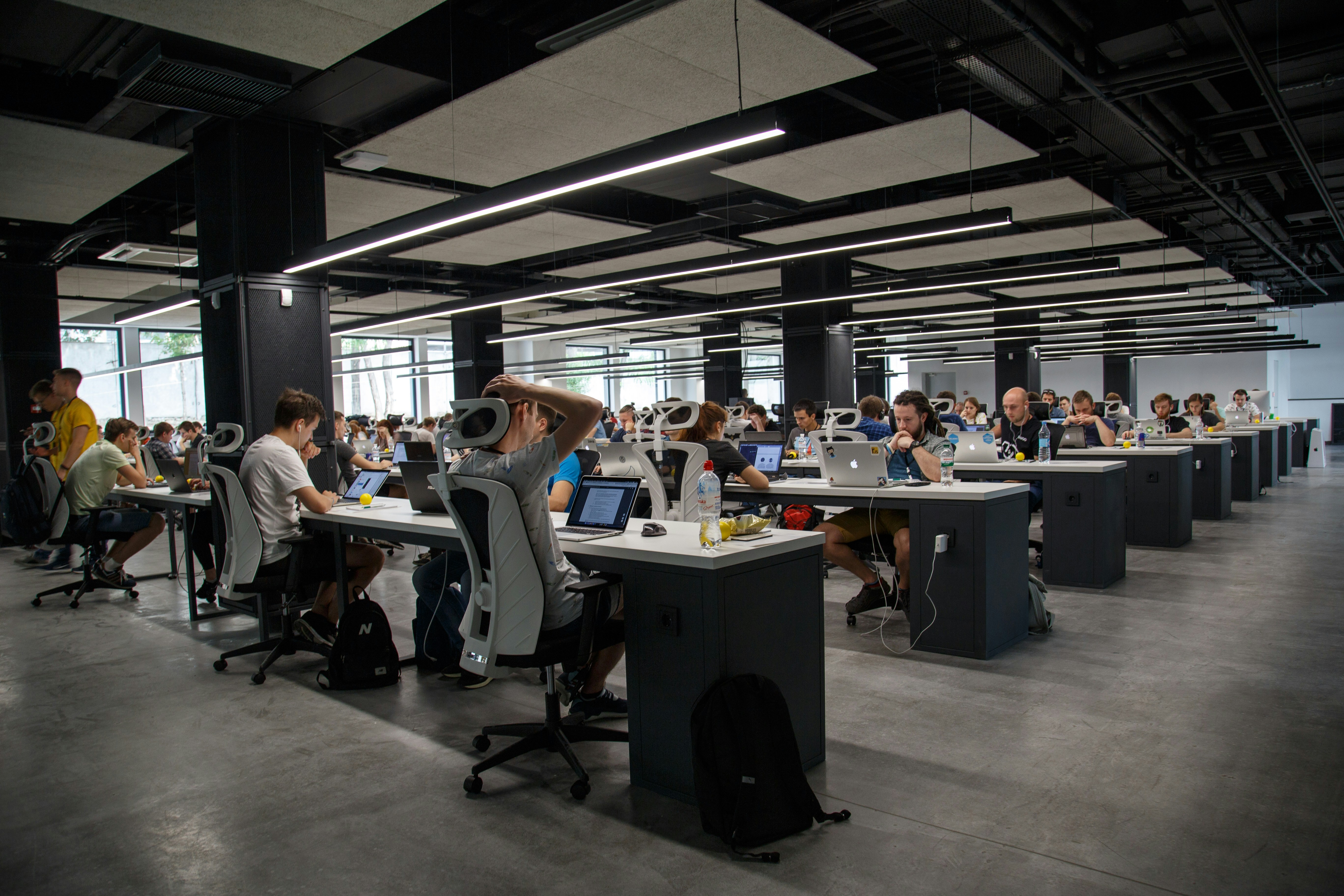AI Revolution in 2025: What’s Next?
By Michael Reed | October 17, 2025 | Category: Technology

Artificial Intelligence has moved beyond automation — it’s now shaping decisions in healthcare, finance, and even creative industries. In 2025, AI is no longer just a tool; it’s a partner in innovation, learning, and strategy. What once began as a collection of algorithms performing repetitive tasks has now transformed into intelligent systems capable of reasoning, problem-solving, and adapting. From ChatGPT-powered assistants that understand human language to predictive algorithms that forecast medical outcomes or market trends, AI is helping humans think smarter, faster, and more efficiently. This shift marks a new era in technology — one where collaboration between humans and machines defines the pace of progress. In healthcare, AI has become a silent yet powerful ally to doctors and researchers. It assists in diagnosing diseases through image recognition, analyzing complex genetic data, and even predicting patient risks before symptoms appear. Machine learning models can study millions of medical records to identify subtle patterns that the human eye might miss, enabling earlier interventions and saving lives. Hospitals now use AI-driven robots to assist in surgeries, ensuring precision that reduces human error. In pharmaceuticals, AI accelerates drug discovery, cutting years off development timelines and bringing lifesaving medications to patients faster than ever before. In finance, AI has reshaped how institutions operate, manage risk, and serve customers. Trading algorithms now make split-second decisions, scanning vast amounts of market data to predict fluctuations and optimize investments. Chatbots and digital banking assistants powered by natural language processing are revolutionizing customer service by handling transactions, answering questions, and providing personalized advice around the clock. Fraud detection has also reached new levels of sophistication, as AI systems analyze spending patterns to spot suspicious activity within milliseconds, protecting both banks and consumers. Beyond business and healthcare, AI’s influence is expanding into the creative world — an area once thought to belong solely to human imagination. Artists, writers, and musicians are increasingly using AI tools to generate ideas, compose music, design visuals, and even write entire scripts. Platforms powered by machine learning can now mimic artistic styles, generate lifelike images, and assist creators in exploring new forms of expression. While some fear that AI may replace creativity, many see it instead as an amplifier of human potential — a digital muse that helps turn imagination into reality. However, as artificial intelligence grows more capable, the world is also becoming more aware of the ethical challenges it brings. Issues like data privacy, algorithmic bias, and accountability are now at the forefront of public discussion. AI systems are only as unbiased as the data they learn from, meaning they can unintentionally inherit and amplify existing prejudices. This raises serious concerns in fields like hiring, policing, and lending, where fairness is crucial. Furthermore, the question of who controls AI-generated data and how it’s used continues to spark debate among policymakers and technology leaders. Global regulations are now being discussed to ensure AI development remains transparent, responsible, and aligned with human values. Governments, research institutions, and tech giants are working together to create frameworks that promote innovation while preventing misuse. The goal is not to slow down AI progress but to ensure it serves humanity ethically and safely. Education systems are also adapting, integrating AI literacy into their curricula so future generations can understand and work effectively with these technologies. As automation takes over repetitive jobs, the demand for creative, emotional, and strategic thinking — skills uniquely human — continues to grow. This shift encourages collaboration rather than competition between humans and machines. Looking forward, AI’s potential appears limitless. It’s already transforming transportation through self-driving vehicles, enhancing agriculture with smart sensors, and addressing environmental challenges by optimizing energy use and predicting climate patterns. The key lies in how we guide this technology — whether we use it to empower societies or allow it to widen inequalities. Artificial intelligence is not replacing humans; it’s redefining what it means to be human in the digital age. The future belongs not to machines alone, but to the partnership between human creativity and machine intelligence — a collaboration that, when used wisely, could unlock solutions to problems we once thought impossible.